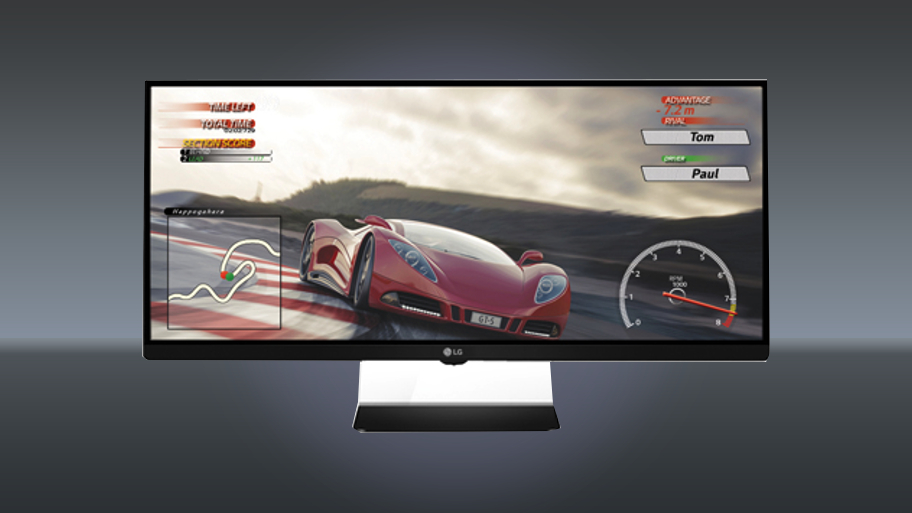G-Sync or swim? AMD claims Nvidia gaming tech will ruin your frame rates
Surprise, surprise – plus FreeSync monitors get priced

PC chip maker AMD has declared a small victory over its rival Nvidia's G-Sync monitors to celebrate the release of four new monitors that work with its competing FreeSync support.
The claims, which are sure to set off significant virtual mudslinging in the PC gaming community, state that G-Sync negatively affects the frame rate, measured in frames per second (fps), of a game. Naturally, AMD wants to tell you that you're better off with a FreeSync monitor in the same breath.
FreeSync and G-Sync are almost identical technologies that allow graphics cards to synchronize the display of the video game's frame rate with the output of the video card to prevent graphical tearing and stuttering while games are being played.
First reported by TechRadar sister site Maximum PC, AMD's internal study used Alien: Isolation for its attempt to illustrate that G-Sync can negatively impact the frame rate of a game by 1.14%. On the other hand, AMD claims FreeSync actually improves the frame rate by 0.16%. It also claimed that FreeSync can be turned off when not playing a game, whereas VSync – the popular but flawed method used this far to reduce screen tearing – can't be turned off within G-Sync monitors and causes mouse latency to be reduced.
But keep in mind: would AMD have published this study if it had anything less to say?
The study goes on to give a whole ream of reasons why AMD believes FreeSync is the better option. This includes it not requiring a proprietary module, no licensing fees, it being open source, using DisplayPort, is compatible with all standard monitor features, and has a refresh rate range of 9-240Hz. G-Sync, on the other hand, needs a proprietary module, charges a license fee, isn't open source and has a refresh rate range of 30-144Hz, according to AMD.
Pricing the new range
AMD's new range starts off with the LG 29UM67 29-inch monitor that has a 2,560 x 1,080 resolution, 48-75Hz refresh rate model and starts at $449 (around £302, or AU$581). Slightly more expensive at $499 (around £335, or AU$646) is the Acer XG270HU 27-inch monitor with a 2,560 x 1,440 resolution and 40-144Hz refresh rate.
Sign up to the TechRadar Pro newsletter to get all the top news, opinion, features and guidance your business needs to succeed!
For $599 (around £402, or AU$776) you can get the BenQ XL2730Z 27-inch monitor that has the same resolution and refresh rate as the Acer monitor. Finishing off the four is the LG 34UM67 34-inch monitor with 2,560 x 1,080 resolution and 48-75Hz refresh rate that starts at $649 (around £436, or AU$841).
Regardless of whether AMD's solution is superior, which we'll get to the bottom of in time, it still makes for quite an investment for your PC gaming setup – at least at the onset. Given Free-Sync's open source nature and freedom from proprietary hardware, prices could come down with future releases.
Another seven on the way
Although AMD has only announced pricing for those four, there are another seven options in the pipeline that offer FreeSync support. This includes the Nixeus NX-VUE24, two Samsung UE850 monitors, three Samsung UE590 monitors and the Viewsonic VX2701mh, with pricing to be announced in due course.